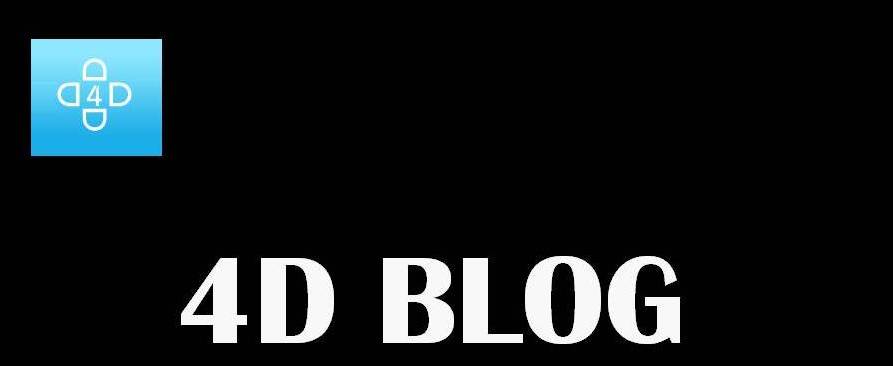“TURN AROUND CUSTOMER SERVICE BY CRM”
By
Prof. Ashok Sinha
&
Prof. Nisha Singh
*CRMs are claimed to improve customer service. Proponents say they can improve customer service by facilitating communication in several ways:
*Provide product information, product use information, and technical assistance on web sites that are accessible 24 / 7 .
*Help to identify potential problems quickly, before they occur .
*Provide a user-friendly mechanism for registering customer complaints (complaints that are not registered with the company cannot be resolved, and are a major source of customer dissatisfaction).
*Provide a fast mechanism for handling problems and complaints (complaints that are resolved quickly can increase customer satisfaction) .
*Provide a fast mechanism for correcting service deficiencies (correct the problem before other customers experience the same dissatisfaction).
*Identify how each individual customer defines quality, and then design a service strategy for each customer based on these individual requirements and expectations.
*Use internet cookies to track customer interests and personalize product offerings accordingly.
*Use the internet to engage in collaborative customization or real-time customization .
*Provide a fast mechanism for managing and scheduling follow up sales calls to assess post-purchase cognitive dissonance, repurchase probabilities, repurchase times, and repurchase frequencies .
*Provide a fast mechanism for managing and scheduling maintenance, repair, and on-going support (improve efficiency and effectiveness).
*Provide a mechanism to track all points of contact between a customer and the company, and do it in an integrated way so that all sources and types of contact are included, and all users of the system see the same view of the customer (reduces confusion).
*The CRM can be integrated into other cross-functional systems and thereby provide accounting and production information to customers when they want it.
*CRMs are also claimed to be able to improve customer relationships . Proponents say this can be done by:
CRM technology can track customer interests, needs, and buying habits as they progress through their life cycles, and tailor the marketing effort accordingly. This way customers get exactly what they want as they change.
*The technology can track customer product use as the product progresses through its life cycle, and tailor the service strategy accordingly. This way customers get what they need as the product ages.
*In industrial markets, the technology can be used to micro-segment the buying centre and help coordinate the conflicting and changing purchase criteria of its members .
*When any of the technology driven improvements in customer service (mentioned above) contribute to long-term customer satisfaction, they can ensure repeat purchases, improve customer relationships, increase customer loyalty, decrease customer turnover, decrease marketing costs (associated with customer acquisition and customer training), increase sales revenue, and thereby increase profit margins.
Technical functionality
*A CRM solution is characterised by the following functionality:
*Scalability – the ability to be used on a large scale, and to be reliably expanded to what ever scale is necessary.
*Multiple communication channels – the ability to interface with users via many different devices (phone, WAP, internet, etc)
*Workflow – the ability to automatically route work through the system to different people based on a set of rules.
*Database – the centralised storage (in a data warehouse) of all information relevant to customer interaction.


